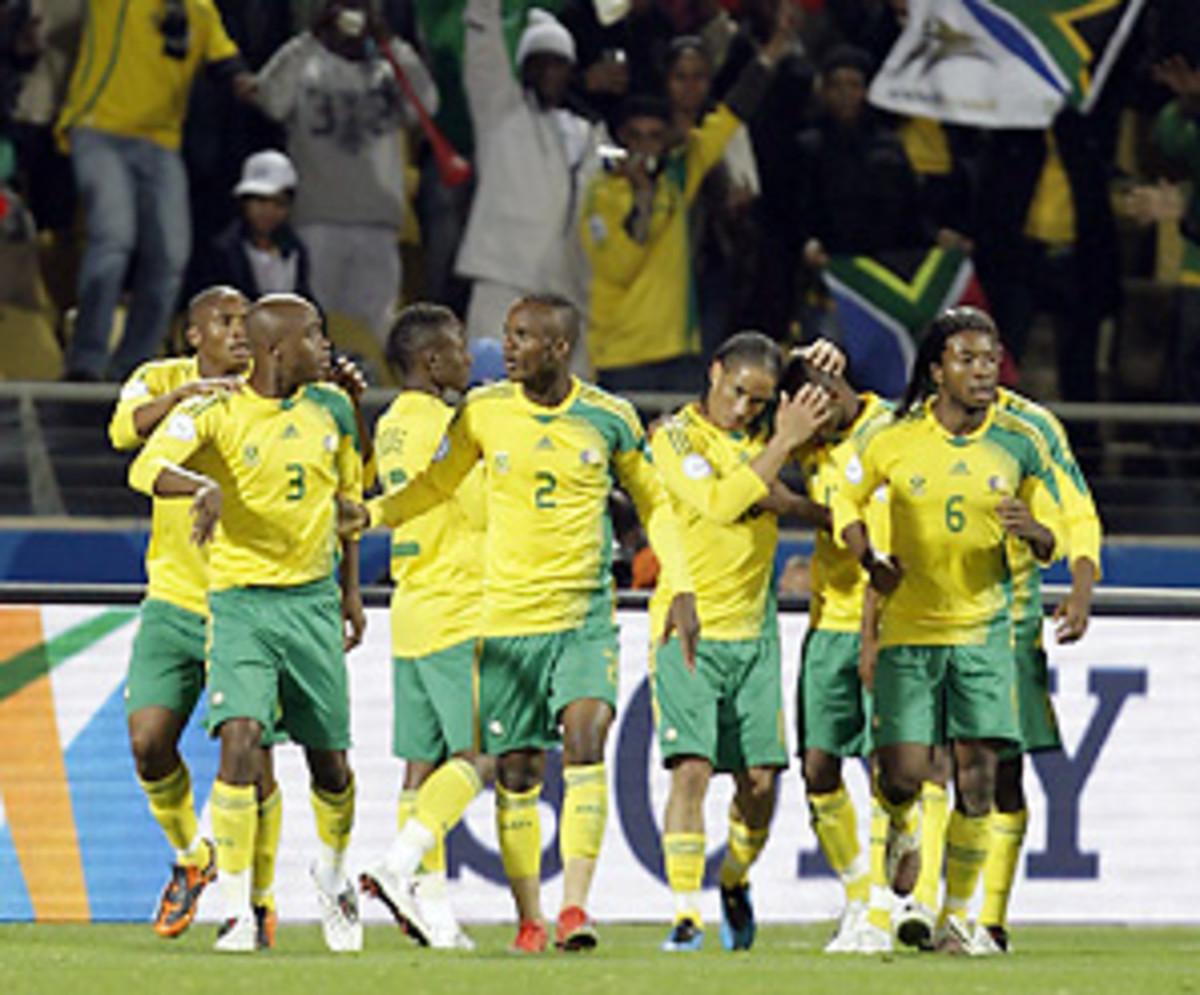African game on verge of a boom


The marketability of the African Cup of Nations, the prime property of the Confederation of African Football (CAF), has never been higher.
Its next edition, in Angola next year, might well turn out to be a logistical nightmare -- but for pure footballing fantasy, it is likely to be the best-watched yet as there are more and more genuine world stars now coming from the continent, plus the fact that the Cup of Nations is being hosted just six months prior the 2010 World Cup in South Africa.
The potential jackpot for African football is valued at $115 million -- revenue that has the potential to give the continent's game a massive, and much-needed, shot in the arm. But it is a price tag that has yet to find any suitors. The South African mobile company MTN, which sponsored the last two Cup of Nations tournaments, has walked away, and its Nigerian rival GLO can't find the cash to replace it.
A marketing package from the start of 2010 to 2016, encompassing the next four Cup of Nations tournaments, has been out on offer in the marketplace for more than a year. French agency SportFive, which handles the bulk of CAF's TV deals, might have put a reasonable valuation on the product but it is not exactly finding the door to its Paris offices being knocked down in the rush.
Given the economic downturn, this would seem predictable, so while African soccer might bristle at having to lower its price, it would seem it must make some concessions or do without -- which would have disastrous consequences at a time when African soccer is supposed to be riding the crest of the World Cup wave.
The African game has been poorly undervalued for decades, but now, just as it is finally coming of age, the commercial opportunity to exploit its potential is markedly narrowed by the economic malaise. The 2010 World Cup was supposed to be the impetus for a big leap forward but few seem to have benefited with the tournament just 12 months away.
Soccer in central Africa is stuck in the same spiral of underdevelopment that characterizes all walks of life in most African countries, while it is the competition between the myriad Middle Eastern satellite networks in the Arabic-speaking north that is helping the regional game to grow there rather than any spin-off around next year's World Cup.
For clubs and federations in Algeria, Egypt, Morocco and Tunisia, their TV rights are worth much more than before and the Arab Champions League was created specifically to boost the coffers of the elite clubs.
Meanwhile, in South Africa, the domestic league has always been commercially strong, driven by a long-standing sponsorship from South African Breweries that lasted for more than four decades. That company now has stepped aside, but there has been no shortage of replacements and a bank now pays for the title sponsorship of the league.
But it is from TV that South African clubs are earning previously unheard of riches; small change in comparison to their European compatriots maybe, but still enough to see a marked improvement in the standard of the game and the personnel involved in it.
A five-year deal worth around $165 million is among the top 10 of its kind worldwide. Clubs now have the cash to hire better coaches and bring back players from Europe with offers of comparative wages. South Africa will become even more of a halfway house for top African talent that is on its way north to Europe but in need of a little more competitive experience.
The World Cup is bound to give an even bigger lift to the local league, with improved facilities and a bigger international profile expected after the tournament, but the same benefits elsewhere in Africa are unlikely unless the Cup of Nations gets decent sponsorship.
Africa's cause was not helped by the recent Ivory Coast stadium disaster, in which 19 people died, as once again the greed and disorganization that pervades the game on the continent was so tragically highlighted. Such a scenario plays itself out alarmingly too often and it is this image that, ultimately, might answer why African soccer cannot get its asking price.
This article originally appeared in the July 2009 issue of World Soccer magazine. To subscribe, click here.
